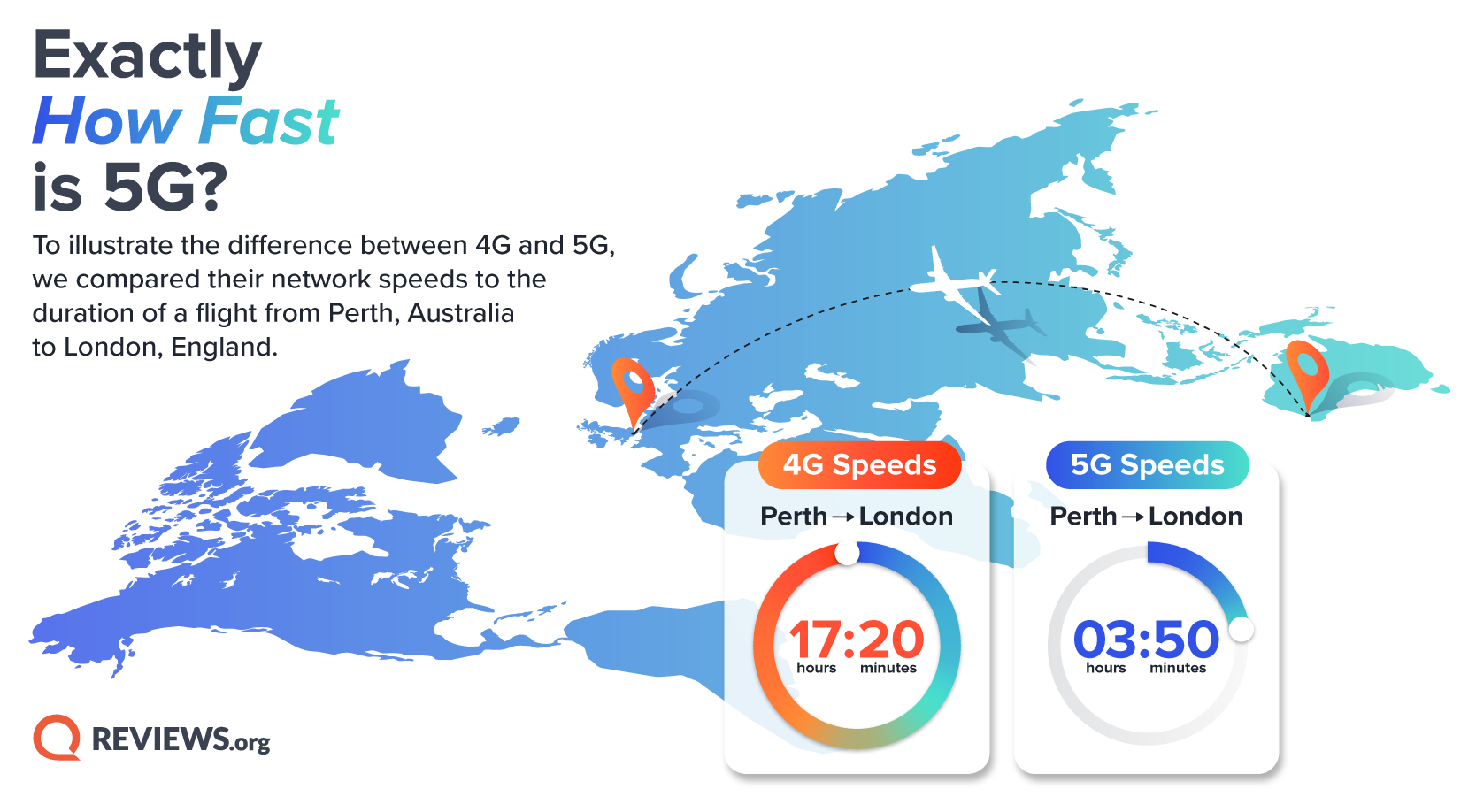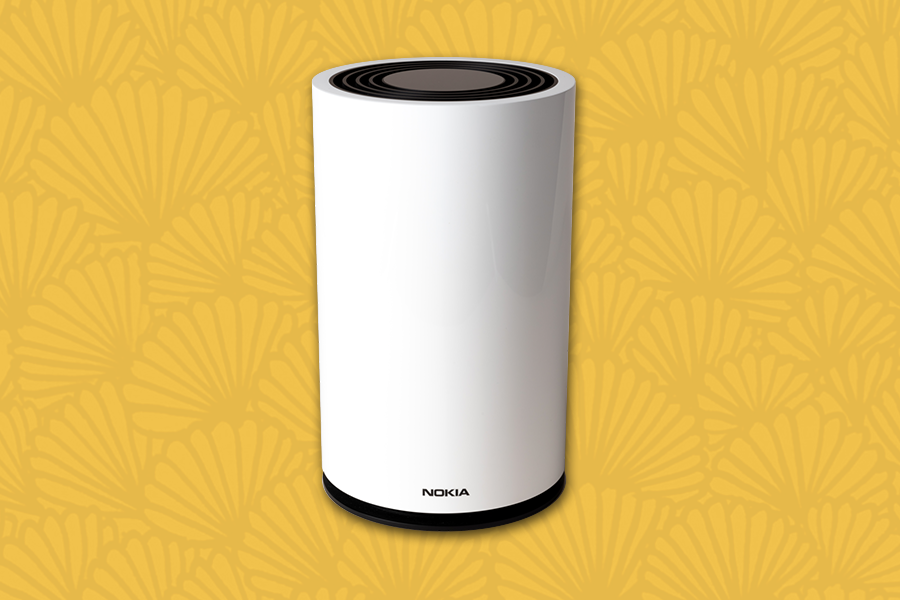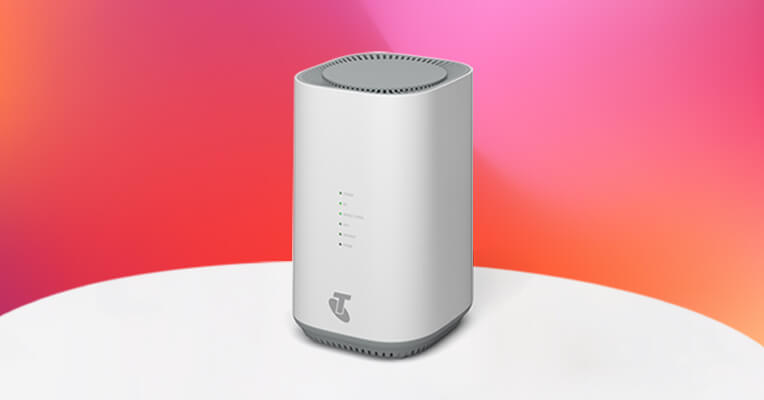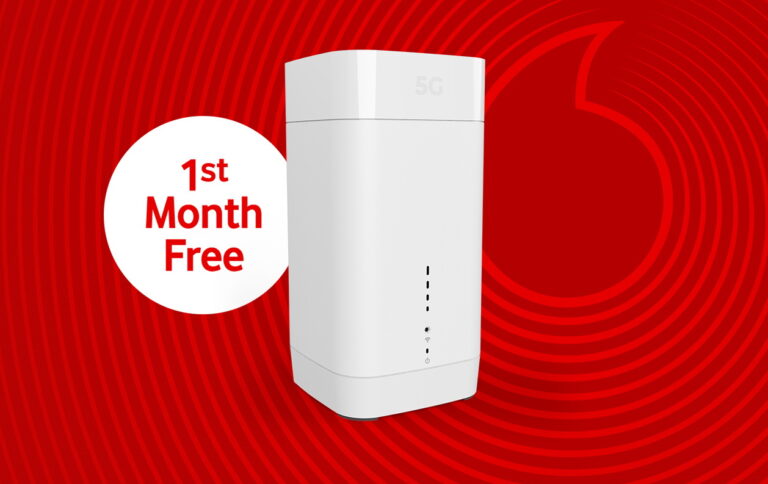Optus Mobile Review ALDI Mobile Review Amaysim Mobile Review Belong Mobile Review Circles.Life Review Vodafone Mobile Review Woolworths Mobile Review Felix Mobile Review Best iPhone Plans Best Family Mobile Plans Best Budget Smartphones Best Prepaid Plans Best SIM-Only Plans Best Plans For Kids And Teens Best Cheap Mobile Plans Telstra vs Optus Mobile Optus NBN Review Belong NBN Review Vodafone NBN Review Superloop NBN Review Aussie BB NBN Review iiNet NBN Review MyRepublic NBN Review TPG NBN Review Best NBN Satellite Plans Best NBN Alternatives Best NBN Providers Best Home Wireless Plans What is a Good NBN Speed? Test NBN Speed How to speed up your internet Optus vs Telstra Broadband ExpressVPN Review CyberGhost VPN Review NordVPN Review PureVPN Review Norton Secure VPN Review IPVanish VPN Review Windscribe VPN Review Hotspot Shield VPN Review Best cheap VPN services Best VPN for streaming Best VPNs for gaming What is a VPN? VPNs for ad-blocking It wasn’t until the iPhone 3G was released that things started to resemble the modern smartphone experience. The iPhone 3G was a powerful phone for its time but the real key to the future was in its 3G connectivity. Then things jumped forward again in 2012 with the iPhone 5, a handset capable of delivering blistering 4G/LTE speeds up to 100Mbps (the theoretical max). 5G is the next step in this evolution, and it’s coming to a mobile tower (and smartphone) near you. Here’s everything you need to know about the 5G rollout in Australia. Click the big orange button, select your desired network provider from the dropdown (e.g. Telstra, Optus or Vodafone). To find out if you have 5G coverage in your area, use the (+) and (-) icons in the top-left corner of the map to navigate to your area. For example, if you want to search for 5G broadband coverage in Sydney, zoom right in and drag the map with your cursor to zero in on your address. At the time of writing, there are over 15 providers in Australia offering 5G mobile and broadband plans: that figure includes major network providers Telstra, Optus and Vodafone, plus MVNO players like SpinTel, Aussie Broadband, and Southern Phone.
Telstra: 5G mobile and 5G home broadband Optus: 5G mobile and 5G home broadband TPG: 5G mobile and 5G home broadband Vodafone: 5G mobile and 5G home broadband Internode:5G mobile and 5G home broadband iiNet: 5G mobile and home broadband SpinTel: 5G mobile and 5G home broadband Aussie Broadband: 5G mobile Boost Mobile: 5G mobile Southern Phone: 5G mobile Kogan Mobile: 5G mobile Belong: 5G mobile ALDI Mobile: 5G mobile Woolworths Mobile: 5G mobile MATE: 5G mobile Tangerine: 5G mobile numobile: 5G mobile Exetel: 5G mobile
5G mobile plans, for the most part, are still a premium proposition. For MVNOs, you’ll typically only find 5G on their most expensive plans. Getting 5G from an MVNO isn’t necessarily a better deal than getting it from Telstra, Optus, or Vodafone. When it comes to providers powered by the Telstra network, their 5G mobile plans are capped to speeds of 250Mbps. In the case of Belong, you’re looking at a speed cap of 100Mbps. Optus and Vodafone don’t cap 5G speeds for their MVNOs. Here are the cheapest postpaid 5G mobile plans from each provider: The TPG Group is currently trialling 5G across several of its MVNOs, including iiNet, TPG, Internode, Lebara, and Kogan Mobile, all of which sell prepaid plans. The inclusion is limited to upper-tier plans on each provider, and is only available until October 26. At this stage, we don’t know what will happen after. Here’s a selection of the cheapest 5G prepaid plans around: Optus was the first mover in 5G home internet, and has two plans: one capped to 100Mbps, and one with uncapped 5G speeds. Optus is currently saying that plan gets typical evening speeds of 225Mbps. Optus offers one month free on these plans, but if you leave within your first three years, you’ll need to pay out the remainder of your modem. This is equivalent to $16 for each month left in your three-year term. The only exception to this is if you’re not consistently getting speeds of at least 50Mbps, in which case you leave without penalty. Telstra advertises typical evening speeds between 50 and 600Mbps, and with the first month free, you can cancel and return the modem without paying a thing. TPG Group telcos - Vodafone, TPG, iiNet, and Internode - also offer 5G home internet. You’ve got the choice of a plan capped to 50Mbps, or a plan capped to 100Mbps. While that’s slower than the maximum speeds 5G can reach, it’s in line with the most popular NBN tiers, while also being cheaper. Each of these telcos are offering one month free, and if you’re not happy, you can simply cancel and return the modem. Here’s how each provider’s 5G plans compare. In Australia, we’re still a while off from having ubiquitous 5G coverage that’s comparable to 4G. However, it’s already clear that the speed and latency benefits of 5G are unquestionable. As each providers’ 5G network grows, we’ll likely see more and more applications for 5G across Australia. Futuristic technologies, such as smart driving cars and networked agriculture solutions, are being used to sell the big picture of 5G. For most of us though, the immediate benefit will mean faster download speeds and better ping on our mobile devices. For the everyday user, 5G will slowly, but eventually, become the new norm when it comes to mobile coverage. You won’t have to give it much thought once the rollout is complete (outside of upgrading to a 5G handset). If anything, the biggest question you’re likely to face when the 5G rollout is complete is whether you are better off on NBN internet plan or a 5G Home Internet one. 20Gbps is the theoretical maximum of mmWave 5G, a technology not yet available in Australia (more on that in a moment). Still, Telstra expects its customers to average between 50 and 300Mbps on 5G. On the other hand, Optus advertises typical evening speeds of 214Mbps on its 5G network and backs it up with a 50Mbps speed guarantee. It’s a far cry from the 20Gbps promised land, but still, a decent estimate compared to Australia’s current mobile network speeds. The global network monitoring organisation Opensignal recently published a 2021 speed test report that found the Australian 5G users it sampled experienced download speeds of 210Mbps on average (between the 1st of January and 31st of March). Australian internet users on all technologies experienced an average of 41.3Mbps across the same period. That’s roughly five times as fast for the 5G users Opensignal sampled. Of the three providers, Telstra came out on top in Opensignal’s report with average 5G speeds of 253.8Mbps across that period. Even this early on in the 5G rollout, the next-generation mobile network has provided much faster speeds on average than the existing 4G network. To illustrate how much faster that is exactly, we used flight durations to demonstrate how much time you could theoretically save on 5G. Only iPhone 13 models sold in the U.S. are compatible with mmWave 5G, which caused a bit of fuss after the iPhone 13 reveal. That’s because mmWave 5G has the highest theoretical download speed out of the three at 20Gbps. The rest of the world felt like they drew the short straw. The thing is, we don’t have mmWave 5G in Australia yet. Every 5G network in Australia currently uses sub 6 5G, though Vodafone is retooling some of its 4G infrastructure to offer low-band 5G. Telcos began bidding on access to mmWave 5G at the beginning of 2021 and in April of the same year, all three networks purchased their share of the 26Ghz (mmWave) spectrum. Sub 6 5G is still what most Australians currently have access to but all three providers have a small amount of mMWave coverage. Sub 6 5G is a good middle-ground for now. mmWave frequencies are much faster but don’t travel as far and have trouble penetrating walls. Low-band frequencies offer slower download speeds but are much more efficient for indoor coverage. The sub 6 3.5GHz spectrum used by our telcos is still capable of 1Gbps download speeds and is better at penetrating walls than mmWave, so it’s a more reliable choice for 5G home broadband solutions. Combined, we should see a 5G solution that’s fit for faster speeds indoors and outdoors as the network evolves. Latency is the Round Trip Time (RTT) of your internet connection, the time it takes to send data from your device to the network and back again. The call and response time of every action you perform on the internet. Low latency is most commonly seen as a benefit for online gaming, where a millisecond’s delay can make all the difference. But 5G’s super-low 1ms latency will have benefits for future technologies, like self-driving cars, where a millisecond variance could pose a real risk. Lastly, there’s the number of connected devices a 5G connection can handle. 5G will be able to manage more devices simultaneously than 4G is currently able to. That might not mean much if you’re on a super-fast NBN plan at the moment, with two to three people connected at once. But larger households, and those who can’t get NBN, should look forward to better bandwidth on 5G. Telstra has the widest footprint, covering over 80% of the population. Optus currently has over 1,000 live 5G sites, that cover over 1.4 million homes. Vodafone has picked up the pace too with coverage in 1,000 suburbs across Sydney, Melbourne, Brisbane, Adelaide, Canberra, Perth, Gold Coast, Central Coast, Wollongong and the Sunshine Coast, reaching one million customers. Optus is a little more tight-lipped about the facts and figures surrounding its 5G network, but you can get a good idea of coverage by checking out our Optus 5G coverage map below. Telstra, Optus, Vodafone, and Woolworths Mobile all offer a selection of 5G smartphones; from Apple’s 5G iPhone, to Google’s own sixth-generation handset, we’re spoiled for choice. If you are thinking of upgrading to a 5G smartphone, it comes with the proviso that you might not fully reap the benefits of 5G for some time still. If you’re the type that hangs on to their handset for three to four years, there’s nothing wrong with future-proofing your smartphone now. Here’s a small selection of the most popular 5G smartphones available in Australia. More will become available as 5G continues to rollout, but in the meantime, you’ve got Telstra’s 5G Home Modem, the Sagemcom F@st 5866T modem used by Vodafone and the rest of the TPG Group, and the Nokia FastMile modem used by both Optus and Vodafone, plus a few other providers. Here’s a little more information on each 5G modem. The Nokia 5G Modem comes included with the Optus’ 5G home internet plans, SpinTel’s 5G home internet plans, and is one of the modem options used by the TPG Group. Naturally, you can only get it with Telstra. Some customers will end up with the same Nokia FastMile 5G Gateway modem-router available from Optus, SpinTel and others. Meanwhile, some customers will end up with the Sagemcom F@st 5866T modem. Thankfully, while the looks vary, the capabilities found in the two devices do not. As with its Nokia-made counterpart, the Sagemcom F@st 5866T features a color-based lighting system that communicates signal strength, as well as a trio of Ethernet jacks and a single USB port on the back. This same modem is also used by TPG Group providers like iiNet, TPG, and Internode. If we only consider speed, the answer would be yes. 5G is capable of speeds much faster than the NBN’s highest speed tier and even its baseline 50Mbps is faster than many NBN plans on the market. With speeds like that, why wouldn’t it replace the NBN? Well, there are still a lot of unknowns at this stage. How stable will 5G home WiFi be? Will coverage be comprehensive enough for you to rely on 5G home internet as a fixed-line replacement? Also, how much will telcos charge for the privilege? 5G home internet will certainly replace individual NBN connections, but it won’t replace the need for the NBN. Fixed-line networks like the NBN have greater capacity, so are more resistant to congestion. For example, Telstra says it will only sell a limited number of 5G home internet services per cost to ensure each customer gets the performance they’re paying for.




